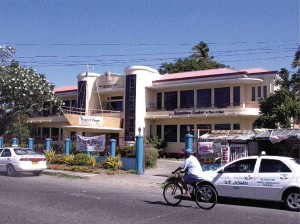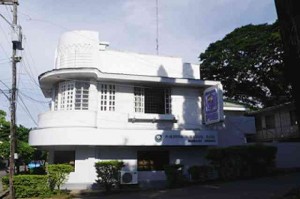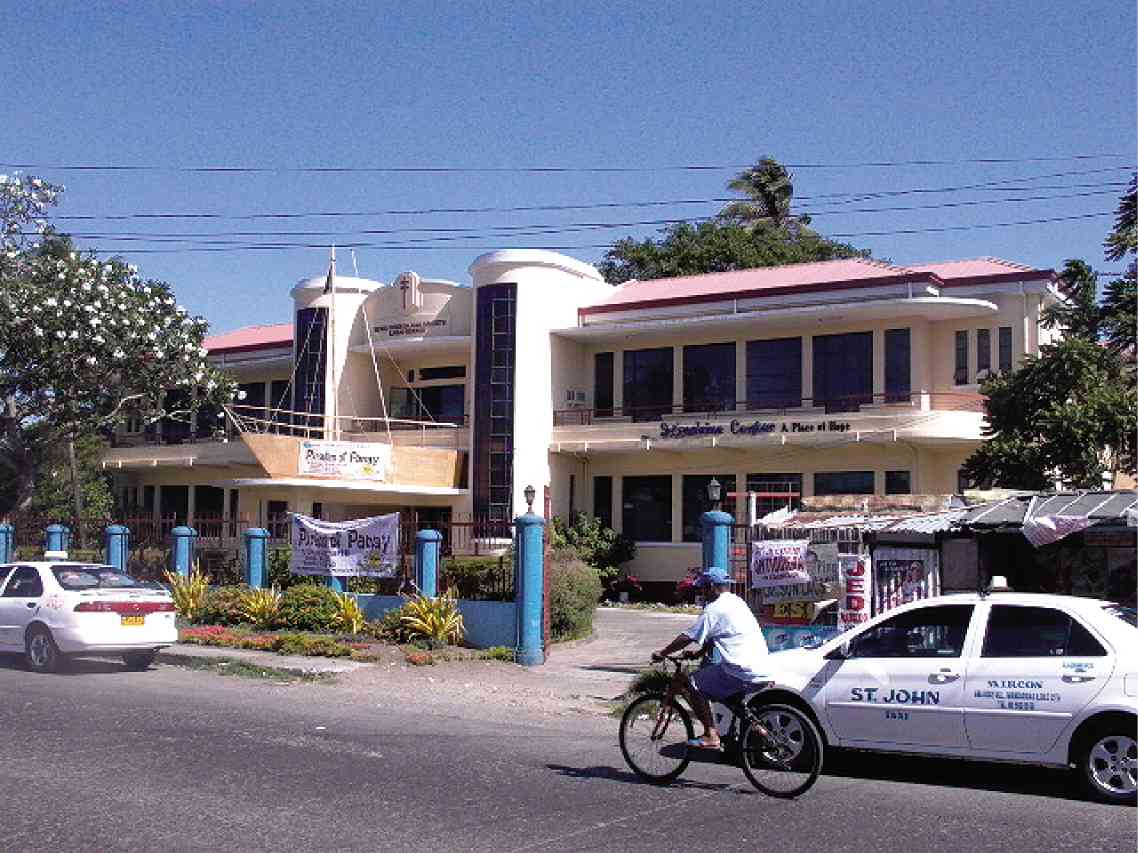
In a matter of minutes, Bohol and Cebu churches collapsed into piles of rubble.
The earthquake caused trauma. Lives were lost, urban environment damaged and priceless heritage disintegrated.
The full extent of the damage is still not determined. What we see so far is probably just the tip of the iceberg.
We mourn the loss of heritage churches that stood for centuries, serving generation after generation as monumental symbols of our faith, physical homes for our spirit.
No mention is made of the terrible loss of everyday heritage, the “ordinary” stuff everyone takes for granted. It may not be seen readily as “heritage quality”—for instance, the traditional wooden houses of the post World War II era, the bahay-na-bato, town plazas with statues and huge century-old trees, heritage schoolhouses and municipal buildings from the American colonial period.
There’s the physical fabric of our everyday life, our surroundings that are defined by the homes we live in, roads we pass to get there, the stores, schools and offices.
The loss of this type of heritage is as important as the loss of monumental churches. In the same manner that churches are monuments to our spirit, everyday heritage marks the course of our daily lives.
These structures, humble they may be, are the guideposts to our daily lives. These are where our daily functions take place—where we sleep, eat, study, work and play, places we might think are no big deal but which without our realizing it, play a big part in our lives.
So it’s time we made a big deal of them.
If we talk of reconstruction, the “no big deal” everyday structures should be reconstructed in an improved manner so that familiar landmarks will bring back the rhythm of daily life that has been disrupted by the earthquake.

Years ago, a fire razed most of the town of Banaue in Ifugao province. In the hurried reconstruction, GI sheets handily formed temporary walls and roofs that were never replaced. Today the hill town of Banaue is a landscape of corrugated metal.
Once the dust settles and emotions subside, reconstruction begins. There is a great opportunity to improve the quality of life and the feel of our towns and cities.
There are so many needs that must be addressed quickly and simultaneously. Maybe someone will realize that the ordinary stuff has a place in everyday life.
These structures and neighborhoods might not be national cultural treasures, national historical landmarks, or important cultural properties that are nationally protected by the Heritage Law, but nonetheless they form an important part of our national identity, and losing them would be a disaster in itself.
Here is the joint statement by the national cultural agencies on the earthquake damage:
Statement of the Board of Commissioners of the National Commission for Culture and the Arts: On the destruction of heritage structures in the Visayas:
“The national culture agencies condole with the loss of life in Bohol, Cebu and other parts of the Visayas. We fully support the national and local government’s priority in saving human life and rendering assistance to families and communities in need.

On our part, we express our commitment to rescue and later, rehabilitate, damaged heritage structures, many of them churches that have been part of the life of the people for centuries, in collaboration with the Catholic Church, local government officials and communities.
A majority of these structures have been declared National Cultural Treasures, National Historical Landmarks and Important Cultural Properties, all of which are protected by the Heritage Law.
In support of this mandate, we have agreed that the National Commission for Culture and the Arts (NCCA), National Historical Commission of the Philippines and National Museum shall be the lead agencies. Therefore:
1. A joint team of experts shall inspect and evaluate the damage, starting Oct. 17, in order to:
2. Establish the severity of damage;
3. Identify properties that immediately need to be secured;
4. Draw up priorities for restoration;
5. Estimate the amount of human and financial resources necessary; and
6. Establish important linkages with stakeholders.
7. The Heritage Task Force, as the joint group is called, shall coordinate closely with the Church, national and local government agencies in the rescue and restoration effort.
8. The NCCA shall provide a mobilization fund for the initial (rapid) assessment, pending the national government’s decision on the rescue and rehabilitation efforts as a whole.
The culture agencies shall convene upon the return of the Heritage Task Force and submit an official report to the Office of the President.”
E-mail the author at [email protected]









































